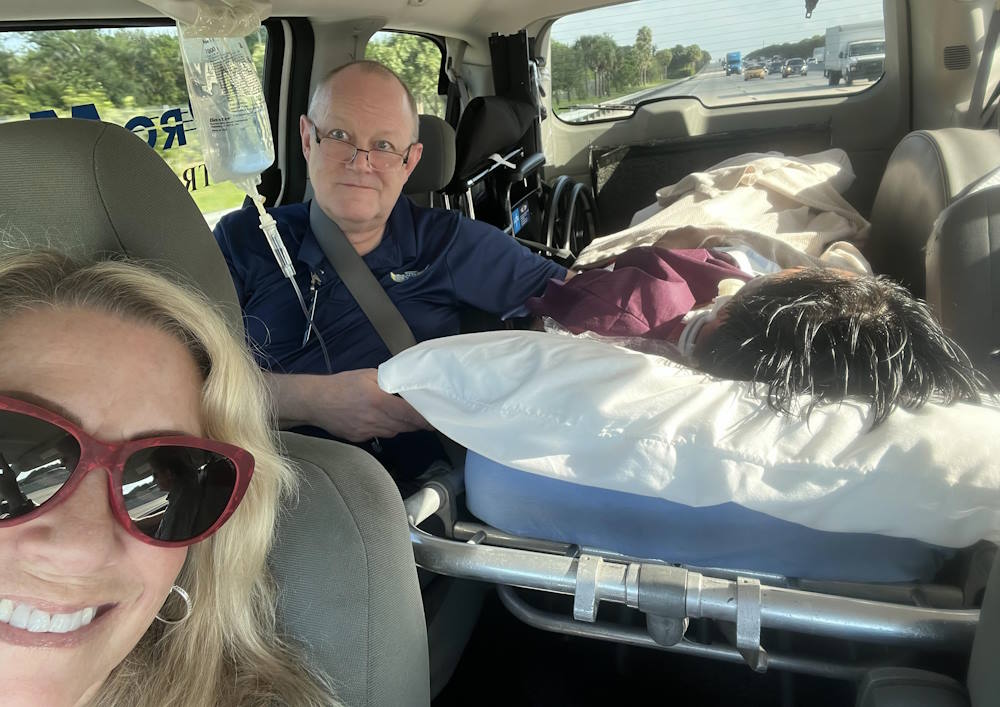Paratransit is a term that refers to transportation services for the elderly, disabled and others who cannot use regular transportation services. Usually associated as a supplement to public transportation services, it also applies to fee-for-service companies that provide Non-Emergency Medical Transport (NEMT).
In either case, paratransit provides critical services to those who can’t drive themselves or ride on regular transportation. Paratransit can include special buses that run individualized routes rather than picking up riders at a set stop. In NEMT, it can include providing transportation planning and medical services for those with disabilities or chronic conditions who wish to pay for such services.
The Roots of Paratransit
The 1973 Rehabilitation Act passed by Congress prohibited anyone from being excluded from public services that receive federal funds. The Americans with Disabilities Act of 1990 (ADA) expanded that to include any service that receives funds from the federal, state or local level.
This includes transportation services. The idea is to provide services for those who cannot use fixed-schedule rail or bus services.
Most public paratransit companies are companies that contract with the government to provide transportation services to the disabled. They are typically offered only in places where there is a public bus or rail service.
Features of public paratransit services include being “demand responsive,” meaning an individual can call and receive service at the best times for them – typically within a window of one hour before or one hour after the requested time.
Most paratransit vehicles carry more than one person. Also, the eligibility rules are set at the local level.
Eligibility Requirements
Eligibility requirements can be different in different areas. However, the federal government has three general criteria for determining who is eligible for ADA paratransit. They are included in a report funded by the Federal Transit Administration.
- A person who cannot navigate the transit system without assistance
- A person living where existing transportation routes are not accessible
- A “reasonable person” with a disability who is deterred from making a trip because of obstacles involved with public transportation (such as a long walk to the bus stop)
- People can qualify for unconditional eligibility (paratransit needed for all trips), conditional eligibility (paratransit needed for some trips) and temporary eligibility (paratransit needed for just a brief period of time).
NEMT Transportation
There are other options that are not free for people who need support and medical services when they fly.
NEMT provides a solution for those who cannot use public transportation on their own, particularly when it comes to air travel. This is not to be confused, however, with free public transportation services offered through government agencies and their contractors.
A NEMT company is hired by an individual with a disability, debilitating injury or chronic medical condition that makes unattended air travel impossible. The company helps them make their travel plans, including making arrangements in advance with airports and airlines for assistance in moving through the airport and onto a plane.
Once on their trip, clients travel with experienced, trained nurses who manage their medications and ensure they remain healthy and safe during the trip.
Both public paratransit and NEMT provide critical needs to those who otherwise could not travel on their own. They are important assets in the nation’s transportation system.
